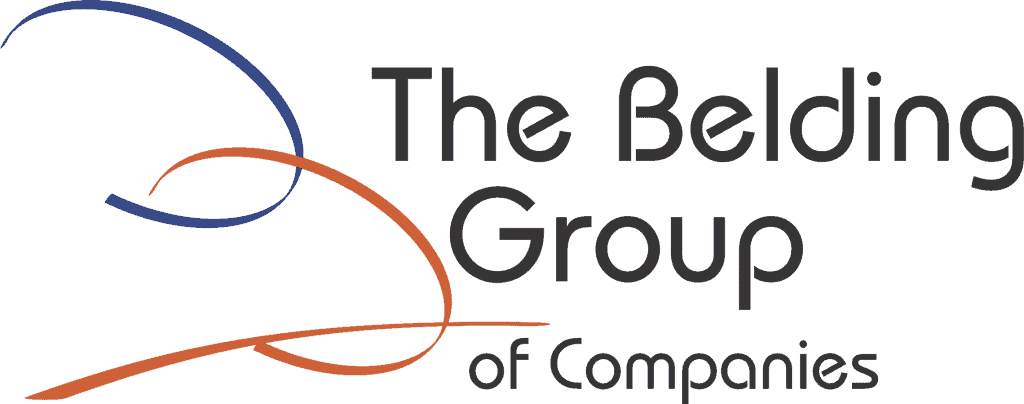
There isn’t a workplace on the planet right now that isn’t disrupted to some degree. Many are completely shut down. Those which have stayed open are doing so under conditions that were unthinkable just five months ago. Those who are leading teams in these conditions – executives, managers, supervisors – are facing gigantic learning curves. How does one lead in a disrupted workplace?
Welcome to the Twilight Zone
The first thing we have to accept is this: Whether your team is working remotely, or still in the same work environment, but operating under restrictive contagion protocols, it feels a little bit Twilight Zone-ish to your team. It just feels… weird.
As a leader, your job is to help them get past that weirdness so that they can become both comfortable and productive in their jobs.
Managers Need to Increase Communications – Dramatically
The current environment 6-foot-spacing, masks and other protective gear does more than just distance us physically. It creates a psychological distance as well. This only worsens if you’re leading a team that is working from home. There are a lot of implications to increased psychological distancing, and none of them are positive.
If you lead a team, one thing you can do to help mitigate the impact of this is to increase the frequency of your communication. If your team is still in the work environment, talk once a day – at minimum – to each direct report individually. Nothing formal, but make a point to walk by a couple of times a day. Simple check-ins are all that’s required.
You can ask how they are making out, inquire about the progress of something they are working on, or share an interesting and relevant tidbit of information. It really doesn’t matter as much what the content of your interaction is, as much as it matters that you have an interaction. The goal is to help your team members feel a little less disconnected.
Morning group meetings are critical for remote workers
If your team is working remotely, then group interactions are critical, beginning with a scheduled meeting at the beginning of each day. People working from home for the first time struggle, in part, because of the disruption to both their home and business routines. The early morning meeting helps with this by creating small, new routines. It, at the same time, helps to maintain a sense of community.
Keep the meetings brief – NEVER more than 6 minutes. Always start on a lighter, conversational note. Beginning with a question like, “Am I the only one that is having a problem with the home phone ringing every time a meeting starts?” or “Am I the only one who misses the daily cartoons above Pat’s desk?”
Virtual check-ins with 2-3 team members
You might also want to set up some virtual check-ins a few times a week. But rather than just do it with individuals, do a check-in with two or three people at the same time. This gives you the opportunity to start forging some bonds that may not have existed beforehand. On one call, for example, you could include two people who work on very different things and don’t really have reason to interact with each other. Keep the interactions simple, with things like, “Hey Sasha, how is your search for a new logistics partner going?” When Sasha answers, the other participant, who may be in IT, gets a bit of insight into who Sasha is and what she does.
But the Good News…
Whether your team is working remotely or restrictively, you can help create a positive atmosphere with a lighthearted weekly contest. One of our clients has initiated a contest that runs every Tuesday, called “But the good news is…” Employees are asked to look for the ‘positives’ in their current situation, and are encouraged to be creative.
The first winner made reference to the requirement that all employees wear masks in the building. “But the good news,” he said, “is that I haven’t had to brush my teeth now for six weeks!”
He won a $10 Amazon gift card. They also all chipped in to buy him a toothbrush…










